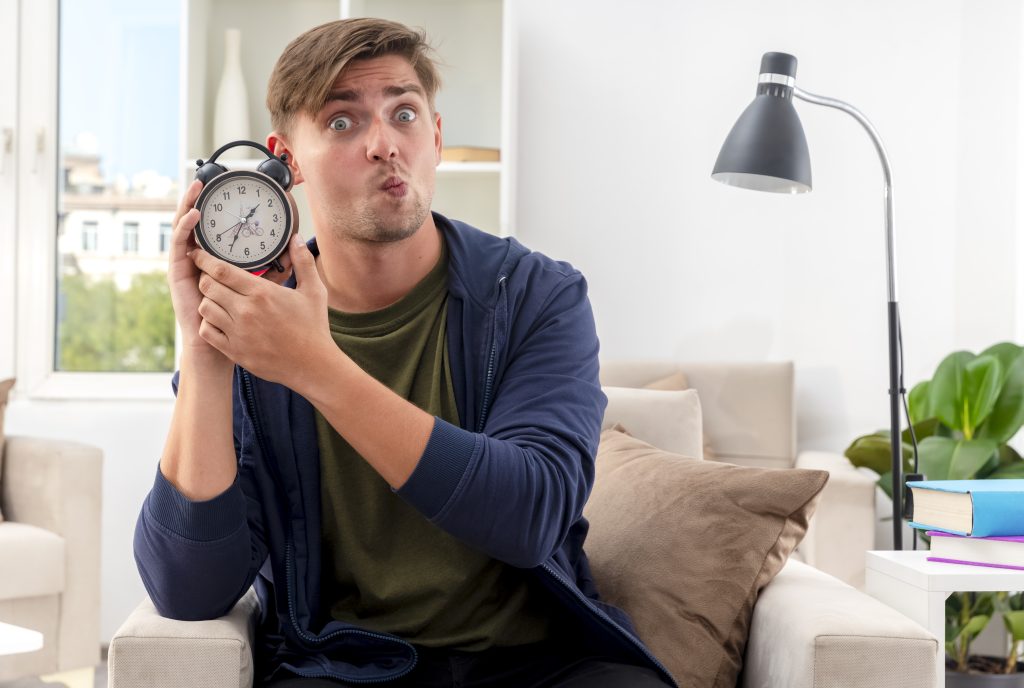What Happens When You Stop Optimizing Every Hour
Emma Brooks July 1, 2025
In a world obsessed with squeezing every minute of productivity, the concept of stopping the relentless drive for optimization might seem counterintuitive. Yet emerging trends show that often, what happens when you stop optimizing every hour is a rebound in creativity, focus, and well‑being. Let’s unpack why slowing the optimization treadmill could be the key to thriving.

Why Ceasing Constant Optimization Matters
1. Diminishing Returns on Over-Optimization
Studies show that relentless efforts to perfect workflows make people increasingly inefficient. Initially, tweaks yield quick wins—but continued adjustments deliver fewer benefits and more frustration. Additionally, work beyond 50 hours weekly often backfires—is linked to cognitive fatigue, errors, and diminished output.
2. The Role of Burnout
Chronic stress from unending optimization contributes to burnout—a syndrome marked by exhaustion, detachment, and lower mental performance . Left unchecked, it risks sleep issues, depression, and long-term health implications .
3. Toxic Productivity and Technostress
Cultural norms celebrate constant performance, but the result is often toxic productivity: guilt-driven overwork that harms mental health. Moreover, technostress from nonstop digital optimization further undercuts job satisfaction and well-being.
The Science Behind Strategic Pausing
Micro-Breaks Restore Cognitive Health
Research reveals that short, structured pauses—called micro-breaks—improve focus by up to 40% and ease physical discomfort. These brief resets help the brain stay fresh over long work periods.
Balanced Productivity: “Slow Productivity”
Cal Newport’s “slow productivity” emphasizes quality over quantity, encouraging fewer projects, greater depth, and intentional downtime. This creates a more sustainable, controlled work rhythm.
Occupational Stress Models
Healthy work requires aligning effort with reward. Over-optimization that neglects recovery undermines this balance and leads to strain.
Benefits of Letting Go of the Wheel
Improved Mental Clarity
Reducing optimization noise gives space for deeper thinking and better decision-making. Micropauses help prevent burnout and reinforce resilience .
Increased Creativity and Insight
Stepping away from tasks temporarily enhances creative problem-solving—the “aha” moments often happen off-screen .
Higher Long-Term Productivity
Rather than quick fixes, strategic breaks boost sustained performance. A balanced pace avoids burnout and encourages steady focus.
A Guide: How to Stop Over-Optimizing
- Implement Micro-Breaks
- Every 45–60 minutes, pause for 1–3 minutes. Stretch, breathe, or look away from the screen.
- Research supports this: breaks raise energy and concentration .
- Set Realistic Time Blocks
- Choose a few priorities each day.
- Use methods like longer-cycle Pomodoro (e.g., 50/10) for focused work and feel empowered.
- Adopt Slow Productivity
- Pursue fewer projects with higher impact.
- Build breaks into your plan.
- Newport suggests doubling work estimates and saying no to extra tasks.
- Track Energy and Well-Being
- Focus on effort, mood, and mental clarity—not just minutes logged.
- Notice burnout signs: fatigue, detachment, irritability.
- Create Digital Boundaries
- Disable non-essential notifications and limit distraction triggers .
- Schedule email and messaging checks instead of constant alerts.
Real-Life Example
A startup I coached stopped hourly optimization checks. They scheduled one 2-hour block for deep work and built a 15-minute break every 90 minutes. Within a month, team stress dropped, creative output rose, and mistakes decreased—mirroring trends in micro-break and well-being research.
Counterpoints & Mitigations
- Risk: Meetings may spread out.
Solution: Batch scheduling with buffer slots. - Risk: Project momentum stalls.
Solution: Use energy tracking dashboards to guide when to push and when to pause.
Conclusion
Letting go of the hourly optimization cycle isn’t laziness—it’s strategic. Strategic pauses, learned pacing, and effort tracking help you reclaim mental bandwidth, tap into creativity, and thrive sustainably. In modern life, knowing what happens when you stop optimizing every hour could be the balance shift that transforms burnout into genuine growth.
References
- Albulescu P, et al. “Give me a break!” A systematic review and meta‑analysis on the efficacy of micro‑breaks—PLOS ONE (2022): https://journals.plos.org
- “How ‘Micro-Breaks’ Can Help You Feel Better at Work” — Time.com (Sep 1, 2022): https://time.com
- “Increase Focus, Reduce Fatigue…” — Inc.com (Feb 2025): https://www.inc.com





